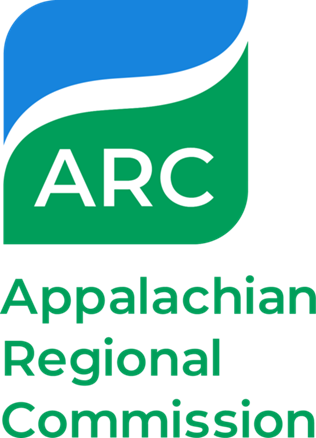Author Area of Expertise
Behavioral Health,
Appalachian Culture and
Disaster response internationally.
Abstract
Introduction: Major disasters continue to occur in Appalachian Kentucky with devastating consequences. A major disaster, defined by the Federal Emergency Management Agency (FEMA) as an event too large for a community to manage without outside help, involves emergency responders from the local, state, and federal disaster agencies, plus national volunteers.
Purpose: This paper reports on recent disasters in eight southeast Kentucky counties, the changing nature of these disasters, and the behavioral health impact on the people affected.
Methods: In this large-scale disaster survey in the Appalachian counties in Southeast Kentucky, over 3,500 people were asked about their recent disaster experiences in 2021 and 2022. The Disaster, Impact, and Screening Survey (DISS) was used to explore the respondent’s disaster history as a behavioral health client, general community member, or behavioral health professional, and how these views differed.
Results: Respondents reported a higher rate of disaster experiences and requests for assistance than U.S. population surveys. Behavioral health clients and general community members disaster were not significantly coordinated but comparisons between behavioral health professionals clients were. Types of disasters and their impacts showed COVID pandemic caused the most widespread stressors such as school closings and missed work. Disasters such flooding caused the respondents property damage and homelessness Combining how widespread types of stressors and disaster severity ratings showed property damage, school closing, and home damage as the stressors with the greatest behavioral health impacts.
Implications: Academic researchers and policymakers have expressed a desire to better integrate behavioral health services into the national emergency response system. To translate research into practice, health professionals need to better understand the disasters that have occurred in their service area, the types of impacts of those disasters, and how people have reacted. Local health providers should be involved in disaster preparedness, response, and long-term recovery as part of community resilience teams.
DOI
https://doi.org/10.13023/jah.0601.09
Creative Commons License

This work is licensed under a Creative Commons Attribution 4.0 License.
Recommended Citation
Mathews WD, Clark JM, Potts AS. Disasters and impacts in Appalachian Kentucky: A behavioral health analysis. J Appalach Health 2024;6(1/2):133–148. DOI: https://doi.org/10.13023/jah.0601.09





Social Media Links